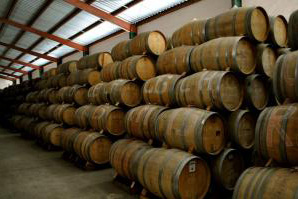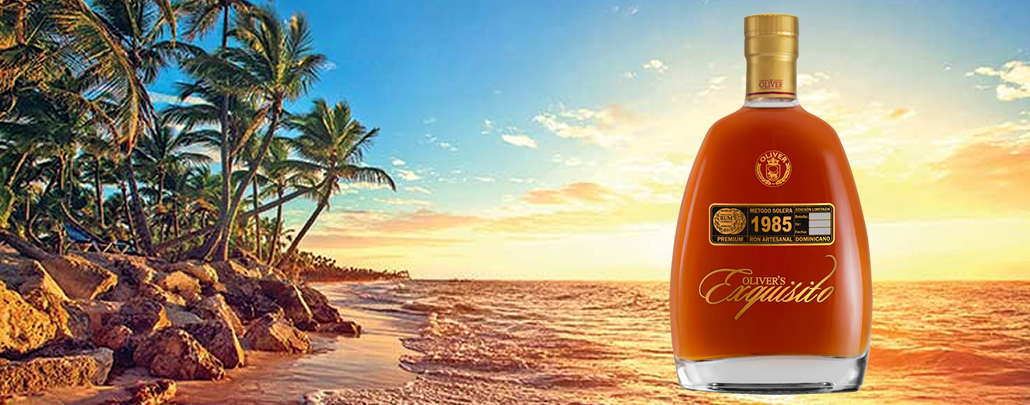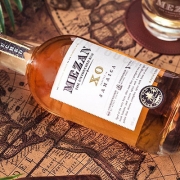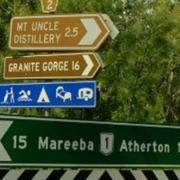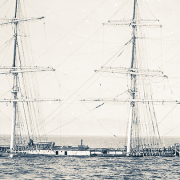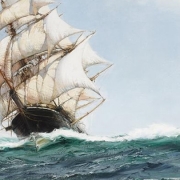Oliver Exquisito 1985 – January 2021
Our first rum off the rank for 2021 is a rum we’ve all been waiting to hit our shores for a while now. The Oliver and Oliver Exquisito.
A 1985 vintage Solera rum from one of the world’s premium rum powerhouses, it’s only fitting ‘The Tribe’ kicks off the new year with such an exclusive Rum for Connoisseurs – Oliver Exquisito 1985.
The last release of the Exquisito to make it to Australia was waay back in 2016 – and sold for ten bucks shy of $300! Well, the power of the Tribe being what it is – we’ve not only bought some into the country – we’re able to offer it at half the price it previously sold for out here! This is an extremely limited release with only 1000 bottles produced in this release for the entire world market and we actually have more members than bottles available.
Oliver Exquisito 1985 Sistema Solera is an ultra-premium rum in typical Cuban / Spanish style from the family business Oliver & Oliver located in the Dominican Republic and who also owns other well known brands such as Quorhum, Opthimus, Cubaney and Presidente.
The ‘Ron Cubaney 21yo’ that our members loved so much earlier this year was from the same producer. That rum was made from rum distilled by Oliver and Oliver (from sugar cane juice – not molasses) whereas the ‘Exquisito 1985’ is aged and blended by Oliver & Oliver from molasses-based rums produced outside the distillery. The Exquisito 1985 is a blend of rums from Guatemala, Ecuador, Trinidad and Tobago – aged in American Oak barrels in the Solera Method for 21 years.
The Solera method used in the production of the Oliver Exquisito 1985 happens in 4 stages. All three stages use American oak barrels. Firstly each of the rums are aged alone in American oak. Once the blender is happy with their progress, they are blended and re-casked in ‘Layer 1’. This layer (or ‘Criadera’ in Spanish) is then aged for around 4-5years. This layer of casks is then used to ‘top up’ what the ‘angels share’ removes from the second layer. The liquid in the second layer is known as ‘Ron Carta Solera’ and is aged for another few years. When ‘ready’ – this second layer is then used to top up the bottom or ‘Solera’ layer and aged a further year. This final stage is known as ‘the Mother Rum’ and this is what is bottled after around 4 years aging. Well – half of this is used to bottle – and then topped up with contents from the second layer. This continuous process of topping up older casks with younger rum slowly increases the average age of the rum in the solera layer.
Our Tasting Notes:
Nose: Nutty Fruit Salad, vanilla, sweet black coffee and a musty oakiness.
Palate: Pleasantly warming (not too much) with rich fruit mince, school fete toffee and jaffa notes.
Finish: Fades out with more sweet fruit and hints of orange.
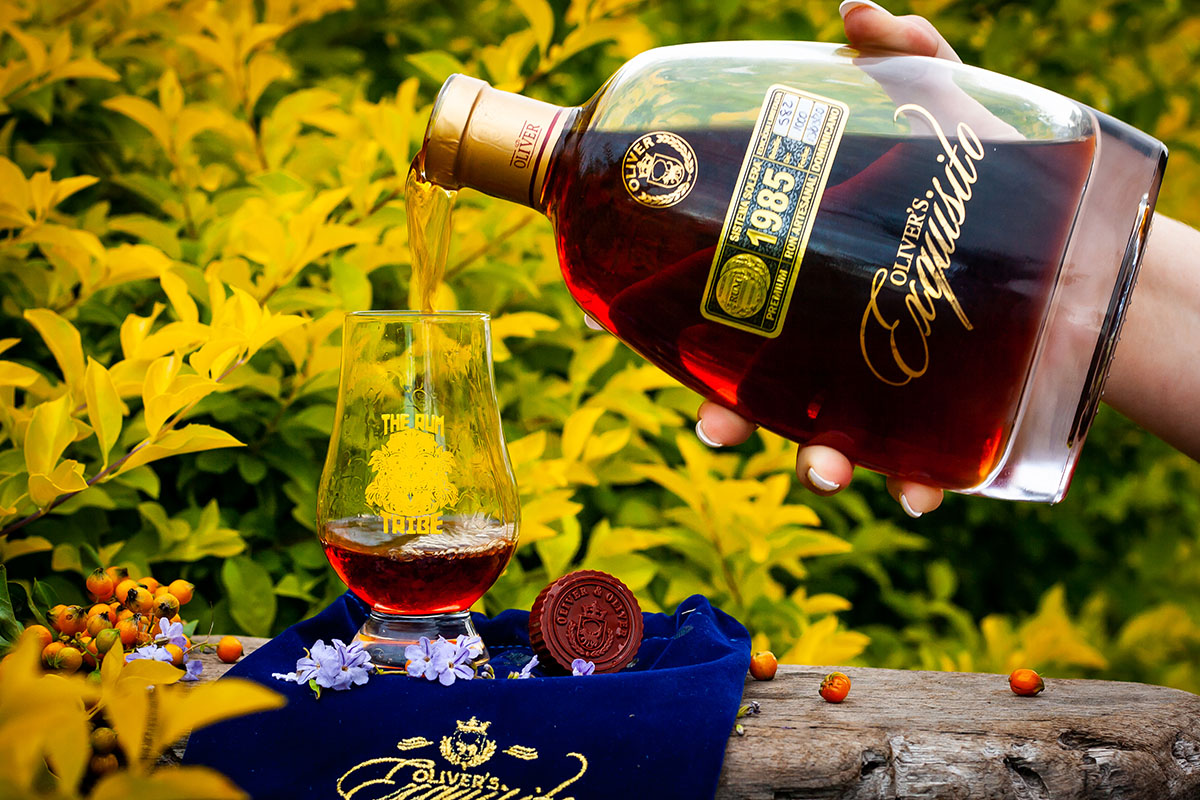
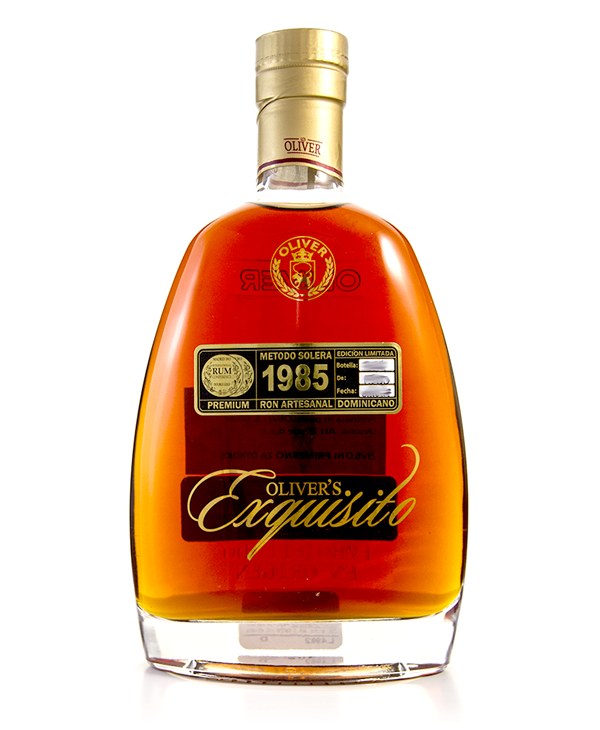
FROM THE PRODUCERS
Powerful notes of caramel, banana, vanilla, deep oak and a hint of black pepper on the nose.
It is smooth and full bodied on the palate, creamy yet caramel and raisin characters, there is that black pepper again also a hint of vanilla & tobacco – you’re left with an after taste of Aged oak
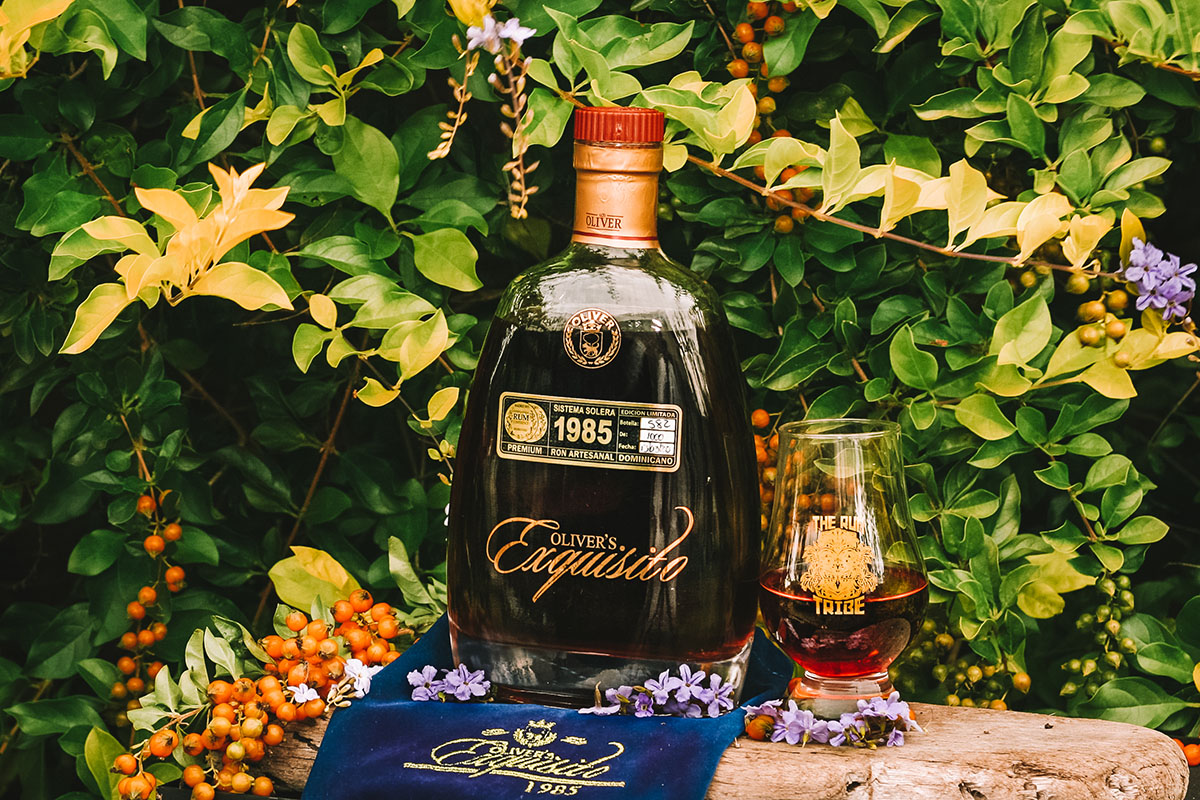
ABOUT OLIVER & OLIVER
Cuba has always enjoyed a reputation as one of the world’s foremost producers of rum. In the late nineteenth century some of the finest examples of Cuban rum were being produced by the Oliver family.
Juanillo Oliver, a Catalan and Mallorcan, arrived in Cuba in the mid-nineteenth century as a Spanish soldier, establishing his family on the island. After finishing his military service, Oliver decided to settle, in an area that later became known as Oliver, near the town of Las Placetas.
It was here that he and his family began to cultivate tobacco and sugar cane. The Oliver family soon began handling, storing and selling their traditionally grown products. They soon the built a mill to grind sugar cane for the production of sugars and alcohols, and Juanillo soon found himself creating local, artisanal rums and brandies.
The Oliver family’s name was soon synonymous with the finest central Cuban rums and cigars. That was to change as revolution gripped Cuba.
During the War of Independence, separatists attacked and burned farms and destroyed the famous Oliver family distillery.
After independence was achieved in Cuba, the Oliver family abandoned its sugar cane production business, instead focusing on the cultivation and production of tobacco and other businesses and agricultural activities. They continued peacefully until 1959, when revolution again struck Cuba.
In the years following 1959, many members of the Oliver family fled Cuba and their descendants spread throughout Europe and the Americas. It wasn’t until, in the late nineteen eighties, a member of the new generation of Oliver descendants returned to Cuba. Pedro Ramon Lopez Oliver’s curiosity led him to explore his family’s history. While poring over the family archives and papers, Pedro discovered the original formulas developed by the Oliver’s for the production of unique, hand-crafted Cuban rum.
Encouraged by his discovery, the descendants of Juanillo Oliver committed themselves to reviving the rum brand that had disappeared in the violence of revolution. In the early nineteen nineties Pedro and the wider Oliver family began to develop their rums, this time in San Francisco de Macoris in the Dominican Republic. It was here that Ron Cubaney – named after its rediscovered Cuban ancestry – was born.
The Dominican Republic shares many of the same characteristics of climate, topography, and geology as Cuba and was chosen as the ideal country in which to resume the manufacturing of this previously lost Cuban-style rum. The family operated distillery sought the advice of a group of Cuban Maestros Roneros who were living in exile in the Dominican Republic at the time. These Maestros Roneros Cubanos brought with them decades of experience in the production of Cuban rum, and became the ideal artisans to help reawaken the Ron Cubaney name.
Cuban experts were hired to help create the new plant for the production of rum in the pure, traditional Cuban style. The Oliver family had recreated the same process, heritage and formula used in the nineteenth century. Those techniques are still used by the present Maestros Roneros Cubanos and technicians and go into making the Oliver and Oliver Exquisito.
The plant began by purchasing 100,000 litres of distillates and malts that had been aged for 15 years from a Demeraran source, forming the first stock produced under the new Cubaney name. This was the basis of their mother rum and the single point of origin for the rums being enjoyed today.
